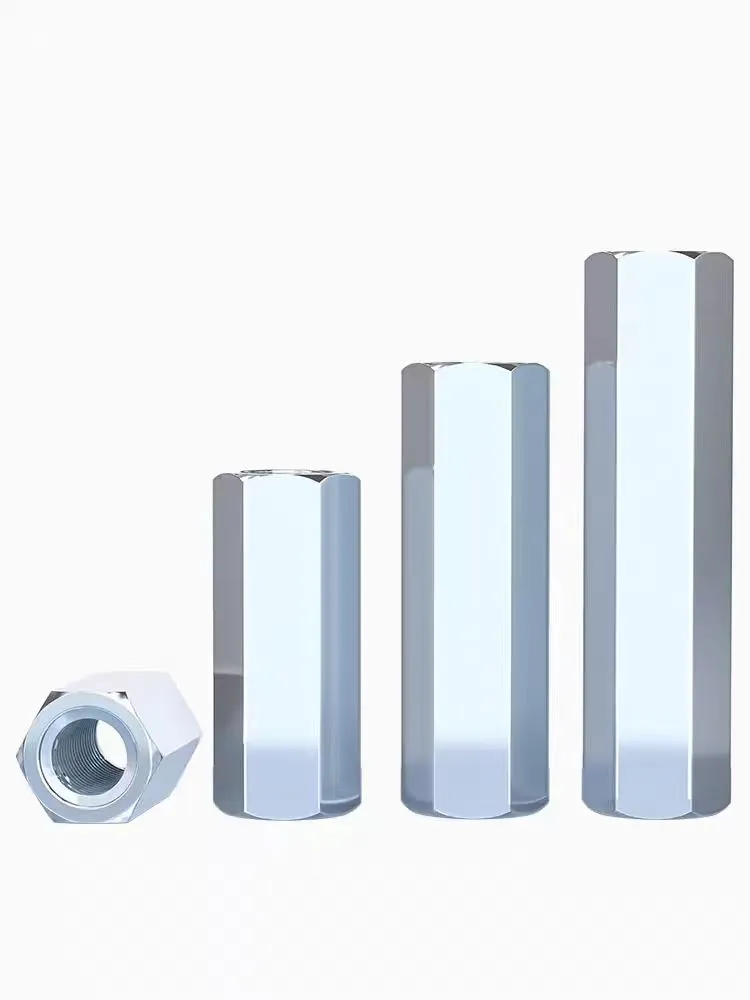

Heat-Treated Washers for Enhanced Durability and Performance in Various Applications
Dec . 05, 2024 06:56 Back to list
Heat-Treated Washers for Enhanced Durability and Performance in Various Applications
Heat-Treated Washers Enhancing Durability and Performance
In the world of manufacturing and construction, the reliability of fixtures and fittings often hinges on the strength of their components. Among these, washers play a crucial role in ensuring the stability and longevity of assemblies. Specifically, heat-treated washers have gained prominence due to their enhanced durability, resilience, and overall performance. This article delves into the significance of heat-treated washers, the process of heat treatment, and their applications in various industries.
What are Heat-Treated Washers?
Heat-treated washers are components that have undergone a specific thermal process to improve their mechanical properties, such as hardness, toughness, and ductility. The heat treatment process usually involves heating the washers to a predetermined temperature and then cooling them in a controlled manner. The fundamental goal of this treatment is to alter the microstructure of the metal, resulting in a washer that can withstand greater loads and stress without deforming or failing.
Common materials used for heat-treated washers include various grades of steel, including stainless steel and carbon steel. The rigorous treatment they undergo transforms them into components capable of performing under harsh conditions, making them ideal for demanding applications.
The Heat Treatment Process
The process of heat treatment can be divided into several key stages
1. Heating The washers are heated to a specific temperature that varies depending on the material. This step facilitates the redistribution of carbon and other alloying elements within the metal, aiming to dissolve the microstructure.
2. Soaking This stage involves maintaining the washers at the peak temperature for a designated period. Soaking allows the material to achieve uniform temperature and complete its transformation.
3. Quenching After soaking, the washers are rapidly cooled using water, oil, or air. Quenching transforms the austenite phase of steel into martensite, significantly increasing hardness.
4. Tempering Finally, the washers undergo tempering, a process where they are reheated to a lower temperature to relieve internal stresses caused by quenching. This step helps enhance toughness while reducing brittleness.
The combination of these processes produces washers with superior characteristics, suitable for high-stress environments.
heat treated washers

Advantages of Heat-Treated Washers
2. Improved Fatigue Resistance They are less likely to fail under repetitive stress conditions, making them ideal for applications where dynamic loads are prevalent.
3. Enhanced Corrosion Resistance Depending on the materials used, heat-treated washers can also be treated with various coatings to improve their resistance to environmental factors, thereby prolonging their service life.
4. Versatility Heat-treated washers are used across a broad spectrum of industries, including automotive, aerospace, construction, and heavy machinery. Their robust characteristics make them suitable for diverse applications where reliability is of utmost importance.
Applications of Heat-Treated Washers
1. Automotive Industry In automotive assemblies, heat-treated washers are used in engines, suspension systems, and drivetrains. Their ability to endure heavy loads and vibrations makes them essential for ensuring vehicle safety and performance.
2. Aerospace The aerospace sector demands components that can function under extreme conditions. Heat-treated washers are employed in airframes, engines, and landing gear systems, where failure is not an option.
3. Construction In construction projects, heat-treated washers secure structural elements and connections, ensuring stability and safety. They are vital in high-load applications such as bridges and skyscrapers.
4. Manufacturing In machinery and equipment manufacturing, heat-treated washers help maintain operational integrity, reducing downtime caused by component failure.
Conclusion
In summary, heat-treated washers represent a significant advancement in fastening technology, offering enhanced strength, durability, and application versatility. As industries continue to evolve and demand higher performance standards, the importance of these specialized components will only increase. By integrating heat-treated washers into their designs, manufacturers can ensure that their products remain reliable and functional, even in the most challenging environments. As technology progresses, we can anticipate further innovations in heat treatment methods and materials, further enhancing the capabilities and applications of washers in various industries.
Latest news
-
High-Strength Hot Dip Galvanized Bolts - Hebei Longze | Corrosion Resistance, Customization
NewsJul.30,2025
-
Hot Dip Galvanized Bolts-Hebei Longze|Corrosion Resistance&High Strength
NewsJul.30,2025
-
High-Strength Hot-Dip Galvanized Bolts-Hebei Longze|Corrosion Resistance&High Strength
NewsJul.30,2025
-
Hot Dip Galvanized Bolts-Hebei Longze|Corrosion Resistance&High Strength
NewsJul.30,2025
-
Hot Dip Galvanized Bolts - Hebei Longze | Corrosion Resistance, High Strength
NewsJul.30,2025
-
High-Strength Hot Dip Galvanized Bolts-Hebei Longze|Corrosion Resistance, Grade 8.8
NewsJul.30,2025

